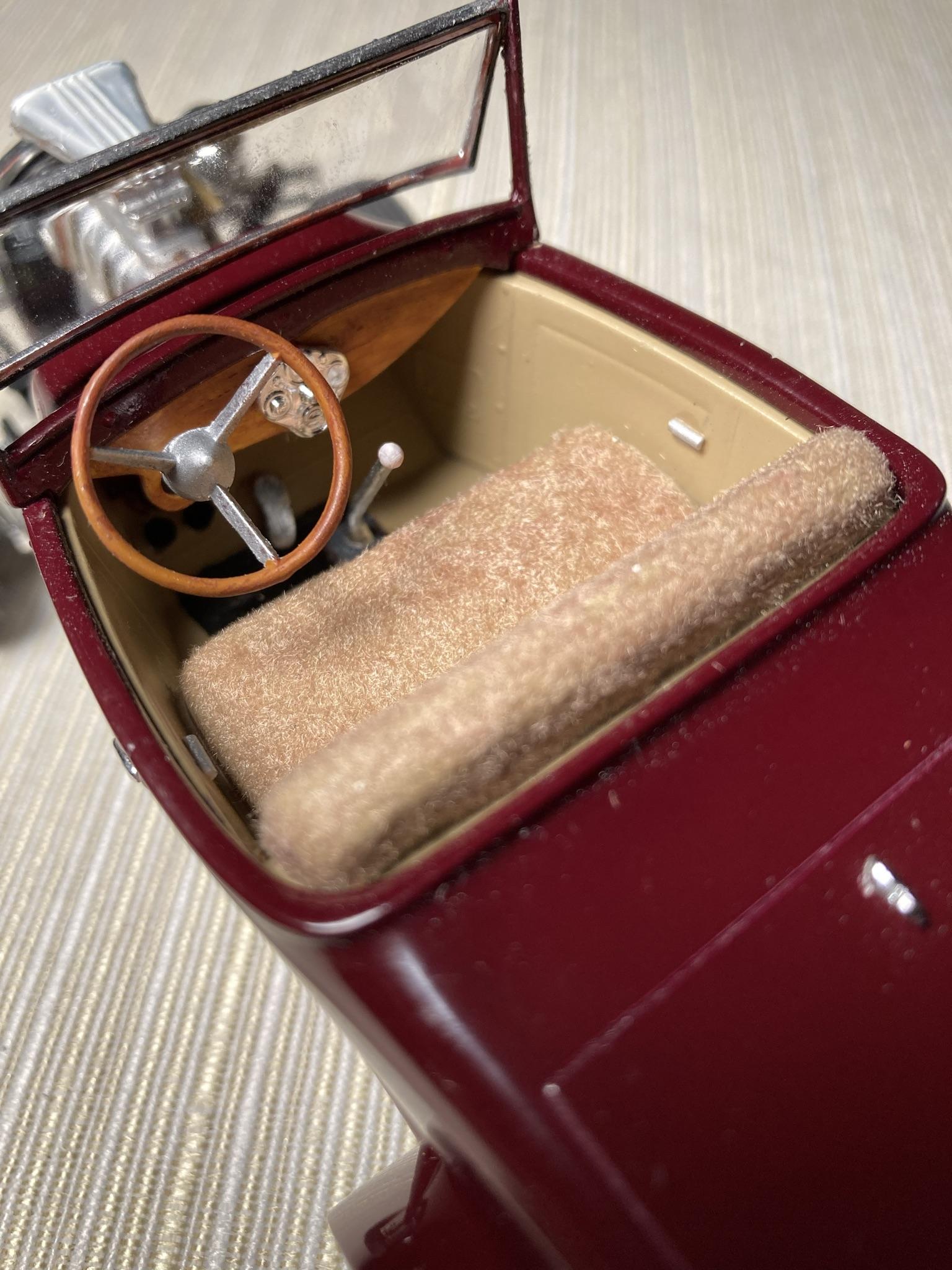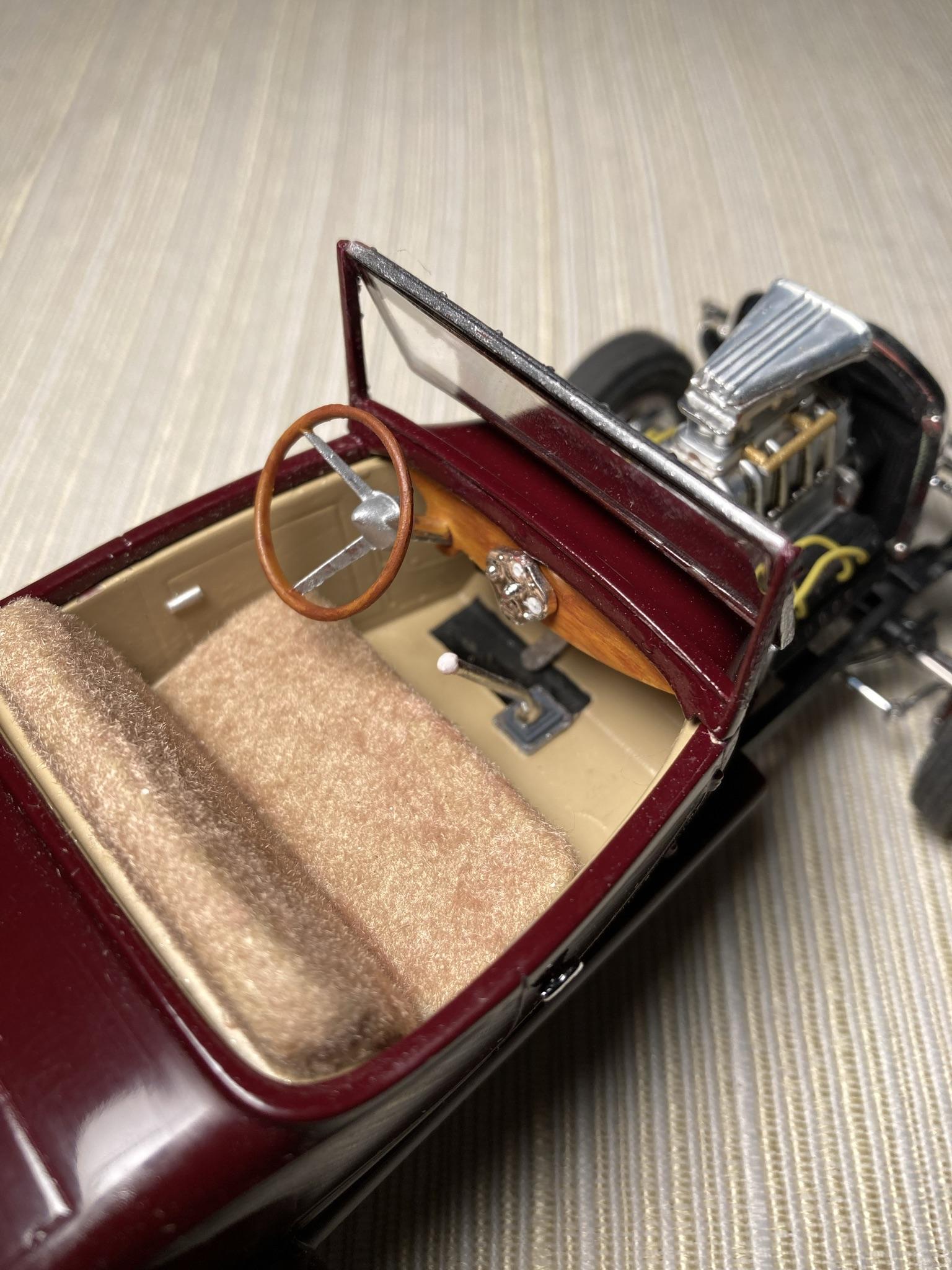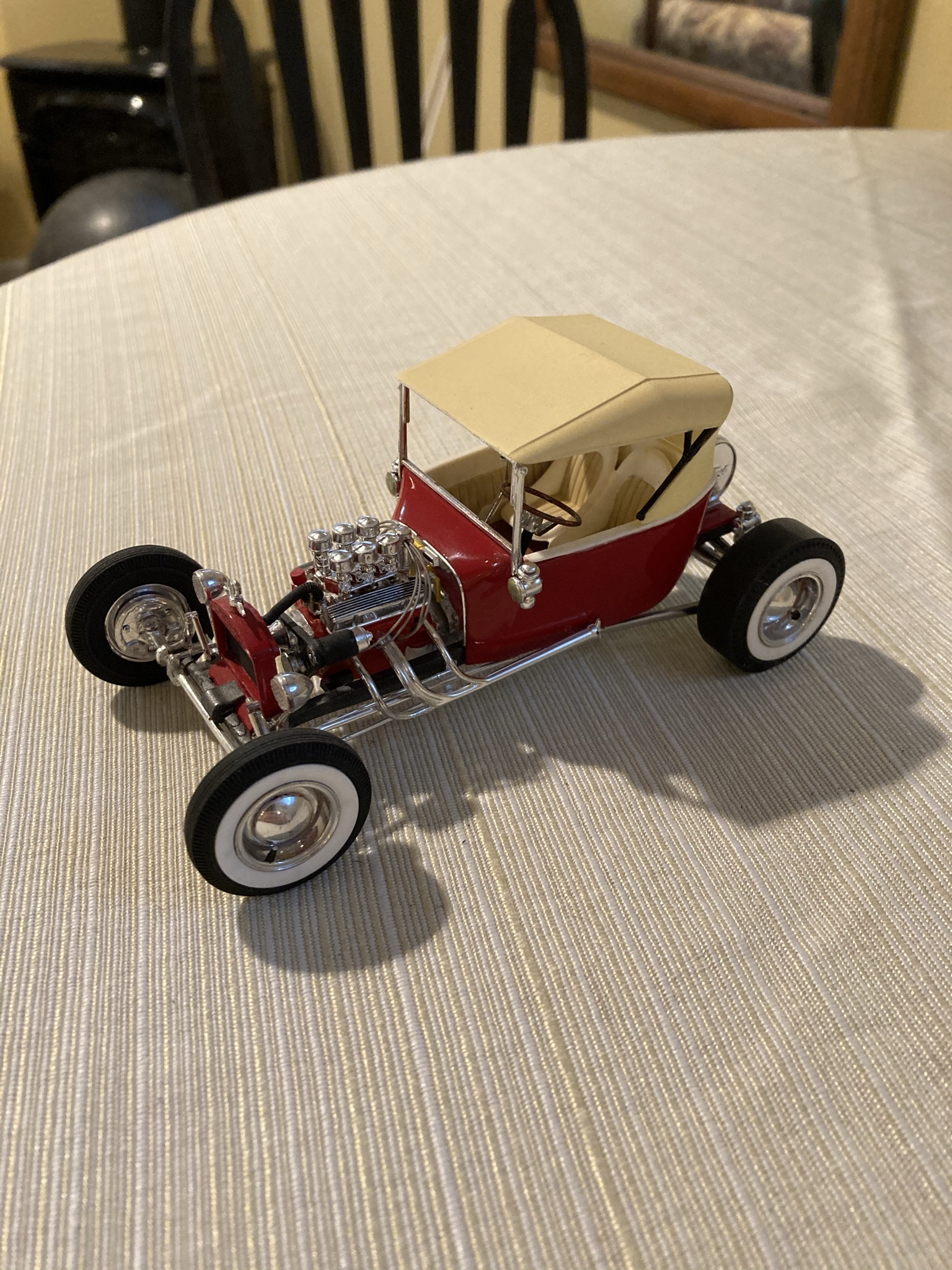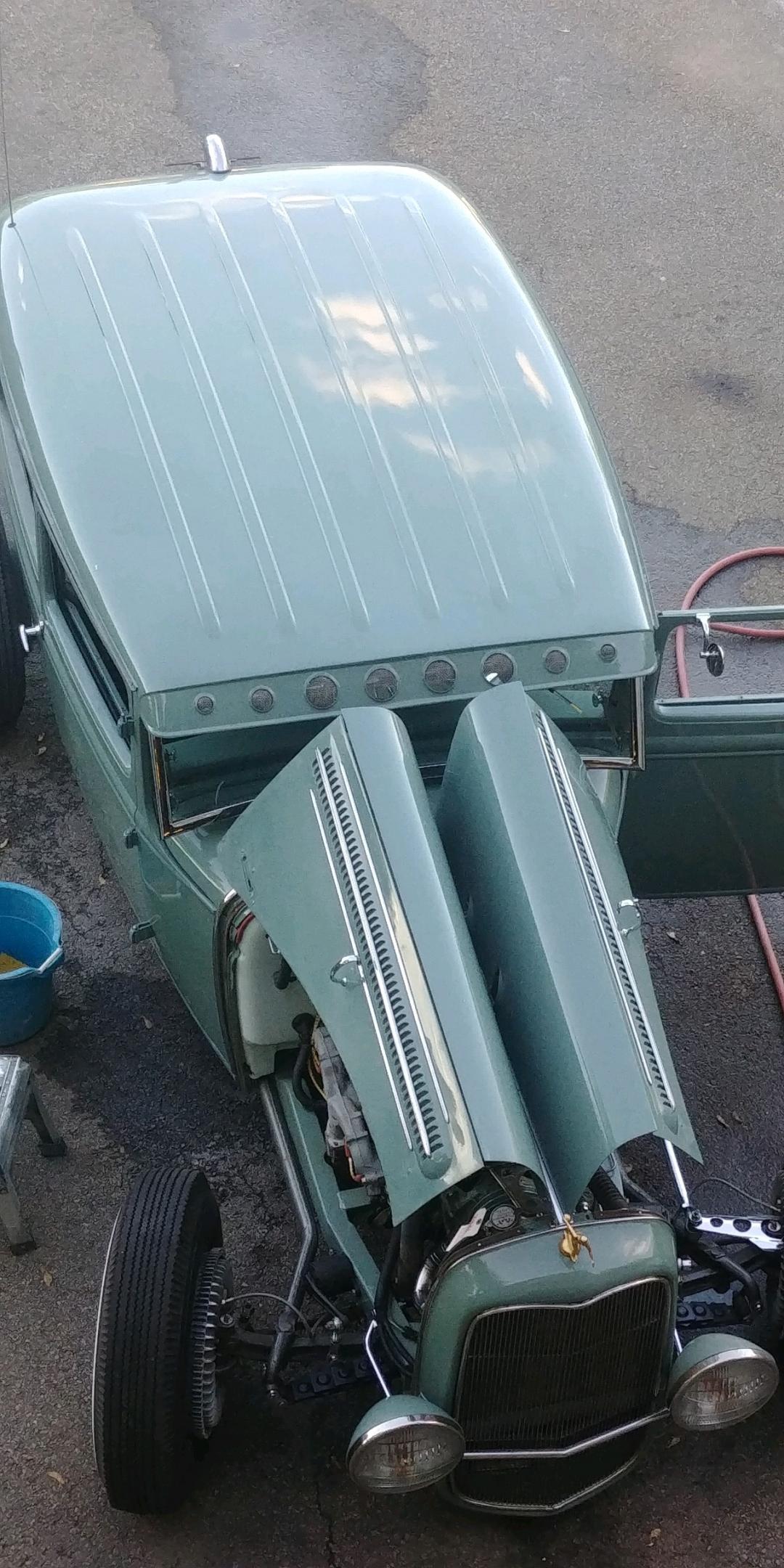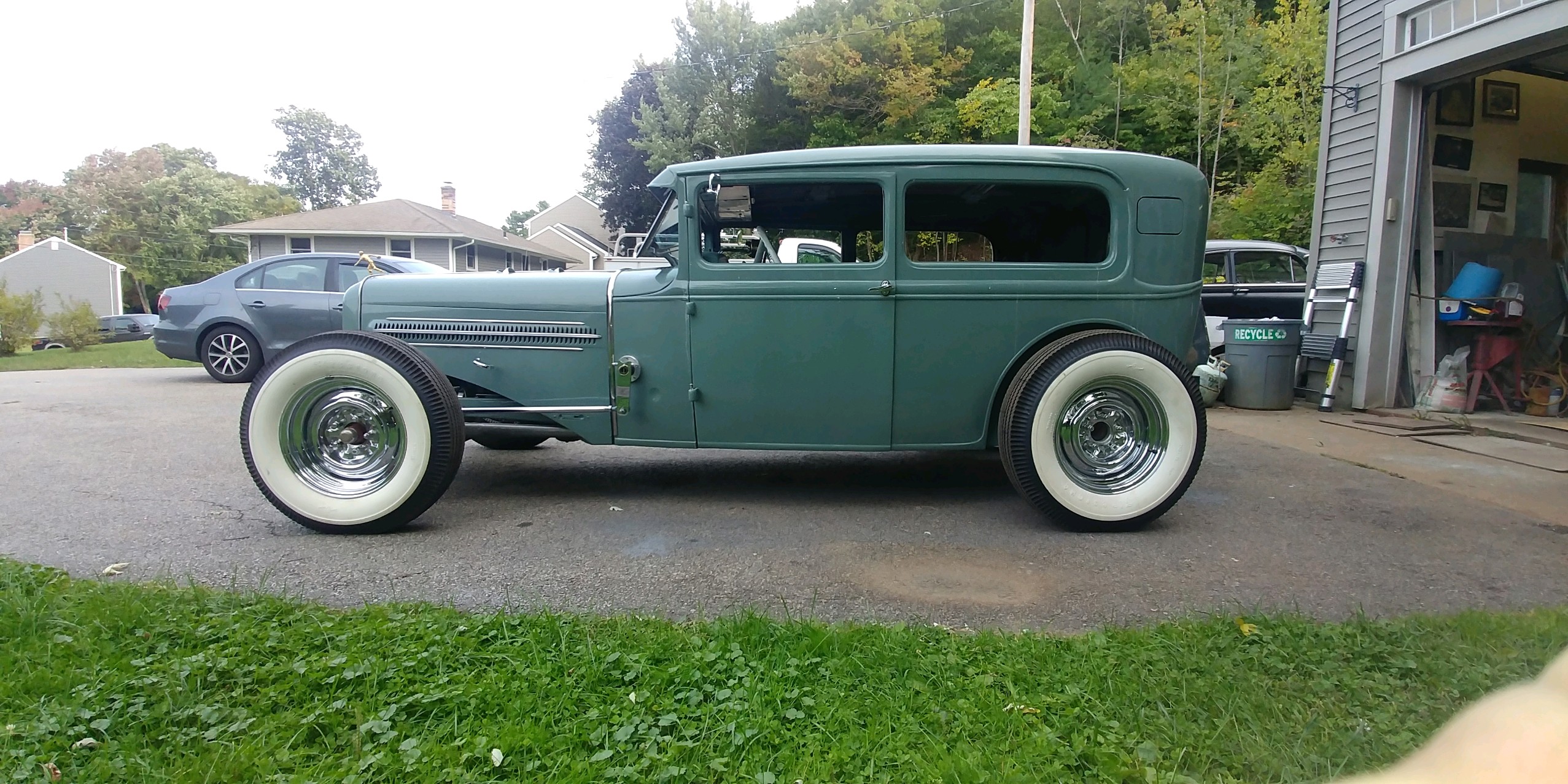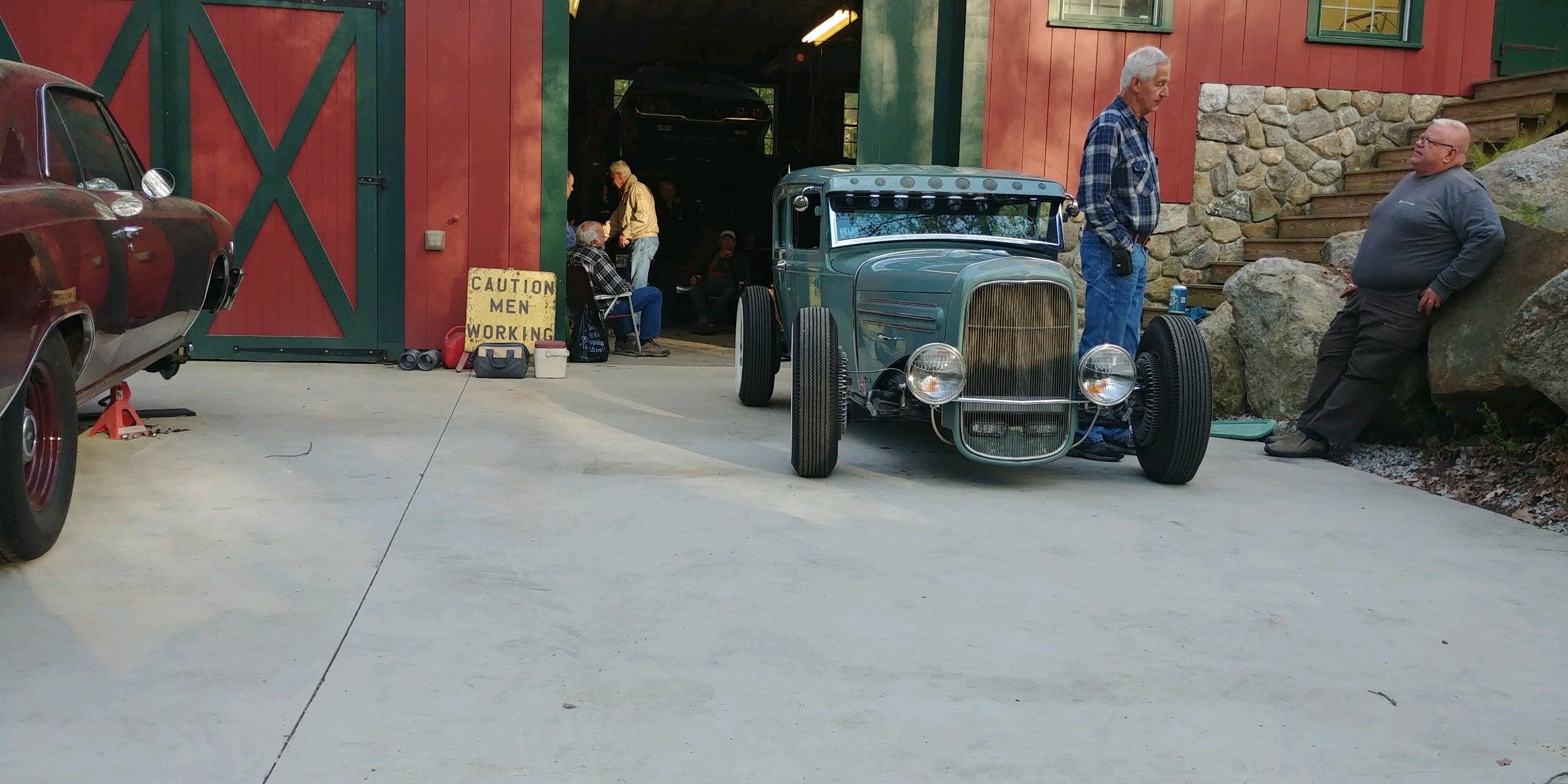-
Posts
481 -
Joined
-
Last visited
Content Type
Profiles
Forums
Events
Gallery
Everything posted by Rick L
-
Why the concern? Can’t you just prime and paint over it?
-
A little time consuming but If you start with fine polishing cloth and work your way down to coarser grit you won’t damage the clear any more than it’s damaged now. Then you can work your way back up in grit to a satisfactory level. If the scratch is deep you could then go to sandpaper proceeding the same way.
- 11 replies
-
- clear plastic
- windshield
-
(and 1 more)
Tagged with:
-
I bought this felt material at Hobby Lobby. The best way I can describe it is in powdered form but I don’t remember what it was called. I remember painting a base color then using 1/1 combo of Elmers glue and water, brushing it on then dumping the felt onto the seat. Tamp it down VERY lightly all around, let dry, then tap out the excess.
-
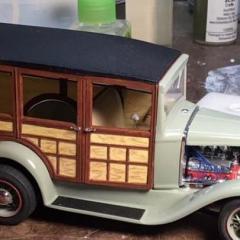
Airbrush purification cup
Rick L replied to R. Thorne's topic in Model Building Questions and Answers
Try McMaster Carr catalog They have stainless steel wire discs cut to diameter. You can choose the mesh opening size. Listed as a 25 pack for $16.00. Check your profile for PM. A little trick I’ve learned I do not wish to share with everyone on this site. -

Rustoleum 2X Gloss Clear polishes out real nice
Rick L replied to jchrisf's topic in Model Building Questions and Answers
I especially like the the ceiling fan you painted on the roof. Even though it’s not centered.? -

Paint Strippers - What to Use?
Rick L replied to pbj59's topic in Model Building Questions and Answers
Dettol on ebay -

airbrushing nail polish
Rick L replied to Paul Payne's topic in Model Building Questions and Answers
I think that inspection sticker is expired. -
I have no plan on flying any time soon so I’ll stick to my general rule when painting. Thanks for the info though.
-
The dew point is actually a better indicator. Most people consider a dew point less than 60 degrees to be comfortable. Anything over 65 gets a little sticky because there is more moisture in the air. More moisture is your enemy and one of the causes of blushing, a milky haze on the paint surface.
-
Finally got it! Delivered by Pony Express the next day.
-
You put the parts together, then apply the glue at the joint. The glue spreads through capillary action.
-
The new printer has upgraded to a Gutenberg press.?
-

resin casting and molds
Rick L replied to Paul Payne's topic in Model Building Questions and Answers
Humidity can only be a factor with the release agent. If the release agent is still wet when pouring the rubber, it could cause the rubber to inhibit. -

resin casting and molds
Rick L replied to Paul Payne's topic in Model Building Questions and Answers
One note if you’re using clay. Be sure to use sulfur free clay or it will not cure. Sulfur inhibits mold rubber. -
There’s not much difference between RTV (room temperature vulcanization) rubbers except for their curing agents, tin and platinum and they are not compatible to each other. This should not be a concern to your needs as long as your using the same product. The only thing that sticks to Silicone rubber is silicone rubber. I think your main concern should be in the resin used. The casting resins offered by Smooth-on are polyurethane. All of different durometer. Some are fast curing, within 5 minutes and others are slow, within a few hours. Some need vacuum assistance to get bubbles out before pouring into mold and others can be put under pressure to minimize bubbles. So to answer your question you need to know what your needs are. The Smooth-on corporation sells mold rubber, casting resins and all material needed with tutorials on each of its products. This is not a plug for the Smooth-on company. It’s just that they are close by to me and are adequate for the hobby. If you want to go industrial, you can by it from Dow chemical or G.E. in 50 gallon drums. LOL.
-
Hopefully he’s on vacation, sipping on anything with an umbrella in it.
-
I’m also not familiar with the Yost method, but have the suspicion that he starts with multiple, light, wet, coats of lacquer until he gets a full uniform look. The light coats give you control of not over spraying any particular spot on the body and being wet will not cure prematurely, causing a dry sandy effect. Each layer dries quickly enough to sand out any dust that may hit the surface. The final coat is then applied in a uniform liquid state as Pete says but then, in the end, a final coat of thinner is immediately applied right on top exactly the same way. The paint will flatten out but not run. I’m not saying this is the way to go because it does take practice but this model “T” was done that way without polish many years ago.
-
I don’t know too many details on his source of parts but he fabricated the extended hood. Also, a little show on his sense of humor, check out the hood ornament closely.
-
-
Pretty!



